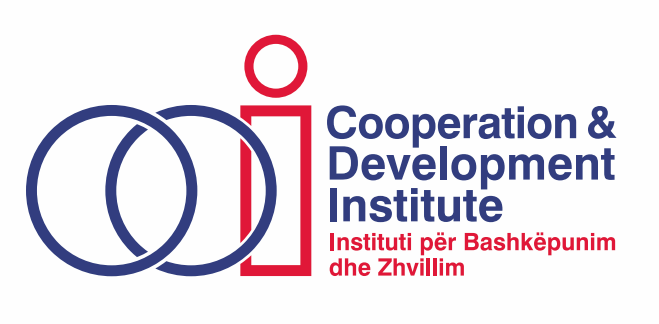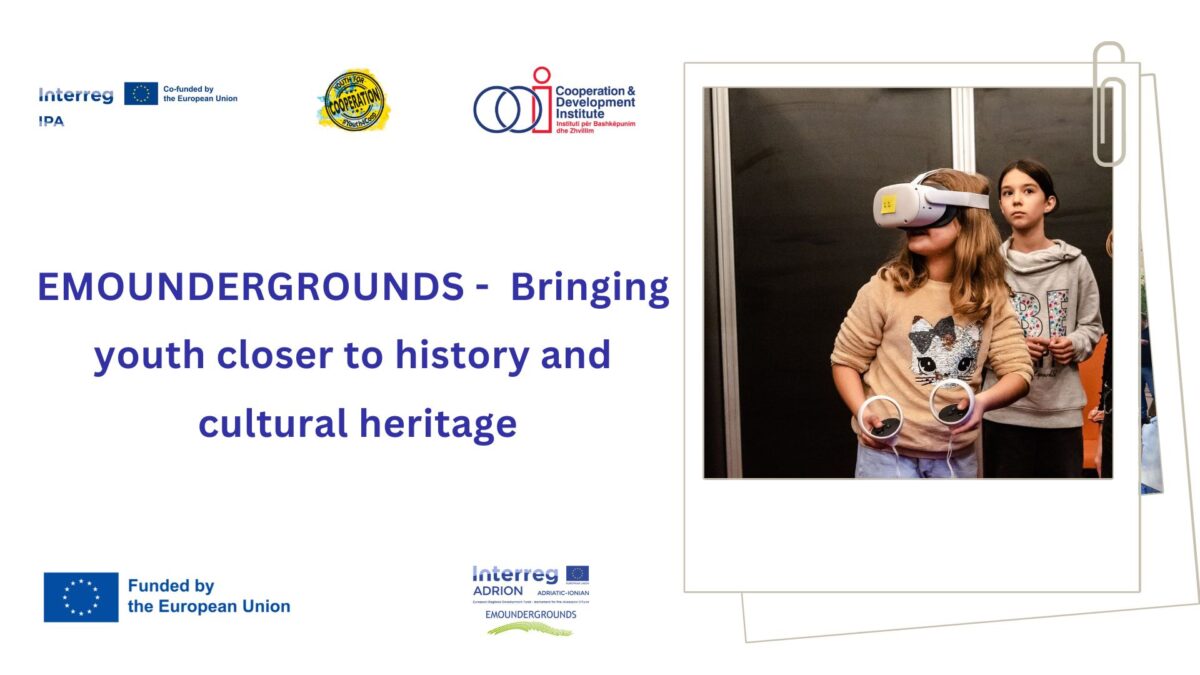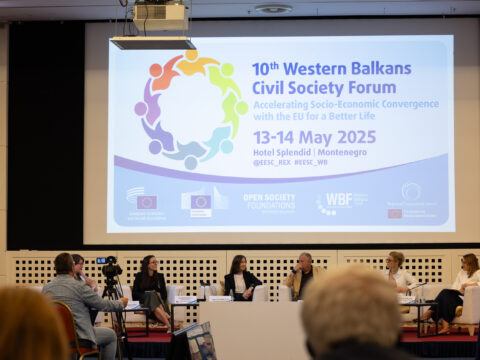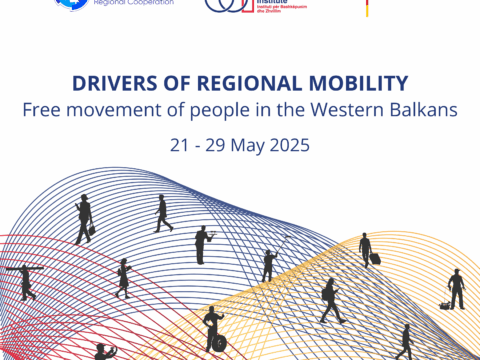30 July 2023
EMOUNDERGROUNDS was the last project we visited during the implementation of DG Regio project ‘Raising awareness on the Youth Manifesto in the Western Balkans’. Implemented from January 2020 to June 2022 in Trebinje, Bosnia and Herzegovina, EMOUNDERGROUNDS aimed to boost the attractiveness and competitiveness of transnational tourist destinations creating a new common cultural-creative tourist product. The project is co-funded by the INTERREG Adrion Programme. The main challenge of the project was to give a concrete contribution to the valorization of the extraordinary richness and potentials of the targeted cultural assets (fortresses with undergrounds and linked cultural heritage), that would allow a sustainable, smart and inclusive growth of the whole ADRION area. In order to address it, professionals were engaged to improve the management of transnational underground fortresses. Simultaneously the project involved youth, coming from various social groups, in their activities such as cultural and educational events.
Activities aimed to impact public policies on cultural heritage/tourism management and in tourist services integration involved various organizations and professionals selected according to their areas of interest and ability to support aforementioned processes. Young people that were actively engaged in the targeted organizations, participated successfully in different activities that served to create and disseminate dedicated “edutainment” programmes on territorial cooperation.
The results of the projects were introduced to youngsters from secondary schools that were invited to participate in two project events: i) the Literary Cultural Contamination event, and ii) the opening ceremony of the interactive exhibition promoting the EMOUNDERGROUNDS and local heritage from the period of Austro-Hungarians in Balkans. Also, secondary schools’ representatives participated in one of project training paths with the subject: Innovative Technologies and methods to manage the identified cultural attractor and its undergrounds. This training aimed to enrich their capacities and knowledge so they could later raise awareness and transfer the knowledge to the younger generation and students in their schools.
In total, around 240 young people from Trebinje were actively engaged and participated in different project activities.
In order to create long term sustainability, the project developed joint strategic documents and Action Plans which were accepted and signed in mutual understanding by almost 100 stakeholders/organizations throughout the project area. Due to the fruitful collaboration, ideas and proposals for new projects were generated.
Mr. Ranko Biberdžić, Coordinator for Planning and Development in the Development Agency of the City of Trebinje/TREDEA, responsible for the “EMOUNDERGROUNDS’ implementation in Trebinje, emphasized the importance of this project: ‘The proposed experiential routes across Italy, Greece, Croatia, Slovenia, Albania, Montenegro and Bosnia-Herzegovina include virtual reality rooms, intelligent mobile applications, holographic demonstrations, screens and interactive projections able to bring to life, historical or legendary characters linked to the involved places. Visitors from all over the world have the opportunity to live a unique and unforgettable experience through time, never lived before. In Trebinje, EMOUNDERGROUNDS project contributed to touristic valorization of the part of cultural heritage from the Austro-Hungarian period, which was not really visible, in an innovative, unusual and, for tourists, really interesting way.’
EMOUNDERGROUNDS allowed TREDEA and City of Trebinje to gain important experience and knowledge through educational paths that has increased local capacities. This represents a real foundation for future improvements and appliance of modern technologies in the areas of tourism and valuable heritage protection. The project provided a collaboration platform aimed at preserving and promoting the region’s shared cultural heritage. By leveraging digitalization technologies such as 3D scanning, virtual reality, augmented reality, and digital archives, INTERREG projects can create immersive experiences that allow people to explore and engage with historical sites, artifacts, and traditions. This helps to safeguard cultural heritage for future generations and also makes it more accessible to a wider audience.






